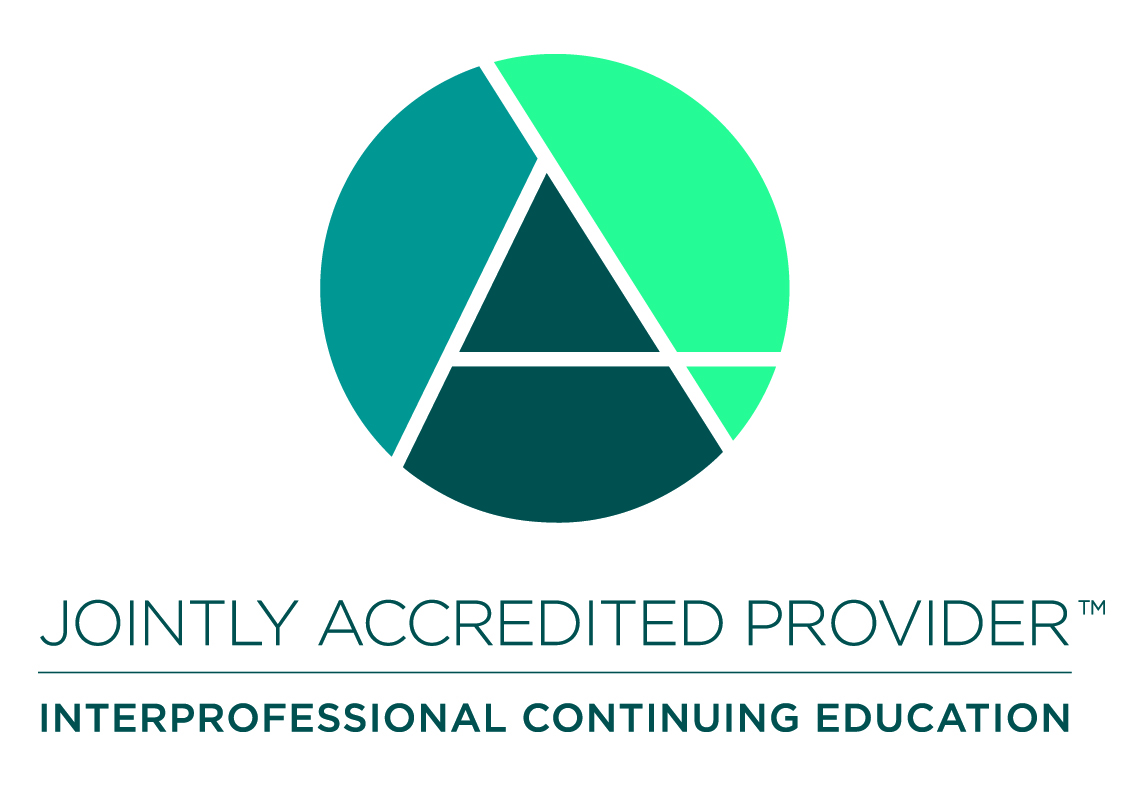
0691_SRMC_Nursing Considerations for DVT Prevention and Treatment: Pathophysiology, Risk Factors, Interventions & Post Diagnosis Care_Live
Description:
This course covers the pathophysiology of DVT, identifies high-risk populations, and outlines nursing strategies for prevention and early detection. It includes an overview of pharmacologic and non-pharmacologic treatments and highlights the nurse’s role in recovery and post-diagnosis care.
Target Audience
Nurse Practitioner (NP)
Nurse, Registered (RN)
Students of Health Professions
Physical Therapist
Learning Objectives
By the end of this activities, learners will be able to:
1. Analyze and explain the pathophysiology of DVT.
2. Identify the most at-risk patient populations and common diagnoses associated with DVT.
3. Explain nursing-driven preventative strategies and early detection protocols.
4. Examine pharmacologic therapies including drug classes, dosages, and nursing implications.
5. Discuss non-pharmacological treatment modalities.
6. Distinguish recovery process and ongoing nursing responsibilities post-DVT diagnosis.
Assembly Bills 1195 & 241- Culturally Appropriate Care which is Free of Implicit Biases:
Learners are strongly encouraged to engage in self-directed learning related to the impact of implicit biases in this clinical area via the references provided below:
- Farmakis, I., Valerio, L., Giannakoulas, G., Lukas Hobohm, Cushman, M., Piazza, G., Stavros Konstantinides, & Barco, S. (2023). Social determinants of health in pulmonary embolism management and outcome in hospitals: Insights from the United States nationwide inpatient sample. Research and Practice in Thrombosis and Haemostasis, 7(3), 100147–100147. https://doi.org/10.1016/j.rpth.2023.100147
- Hendriksen, J. M. T., Lucassen, W. A. M., Erkens, P. M. G., Stoffers, H. E. J. H., van Weert, H. C. P. M., Buller, H. R., Hoes, A. W., Moons, K. G. M., & Geersing, G.-J. . (2016). Ruling Out Pulmonary Embolism in Primary Care: Comparison of the Diagnostic Performance of “Gestalt” and the Wells Rule. The Annals of Family Medicine, 14(3), 227–234. https://doi.org/10.1370/afm.1930
Disclosure of Financial or In-Kind Commercial Support & Conflict of Interest
No one involved in the planning or presentation of this educational activity have any relevant financial relationship(s) to disclose with ineligible companies whose primary business is producing, marketing, selling, re-selling, or distributing healthcare products used by or on patients. No financial or in-kind commercial support was received to produce or promote this educational activity.
– Provider Designee/Verification: Fozia Ferozali, Ed.D
Accreditation

In support of improving patient care, Sutter Health, is jointly accredited by the Accreditation Council for Continuing Medical Education (ACCME), the Accreditation Council for Pharmacy Education (ACPE), the American Nurses Credentialing Center (ANCC), and the Association of Social Work Boards (ASWB) to provide continuing education for the healthcare team.
Credit Designation Statement
Sutter Health designates this LIVE activity for a maximum of 1.50 continuing professional development contact hours for nurses, and 1.50 approved continuing education hours for physical therapists. Learners should claim only the credit commensurate with the extent of their participation in the activity.
Attendance & Credit Claiming
Text the 6-letter attendance verification code to (916) 866-7913 to claim credit.
Available Credit
- 1.00 ANCC
Nursing Credit - American Nurses Credentialing Center (ANCC)
Sutter Health designates this Live activity for a maximum of 1.00 ANCC contact hour(s). Nurses should claim only the credit commensurate with the extent of their participation in the activity.
- 1.50 CA BRN
Nursing Credit - California Board of Registered Nursing (CA BRN)
This activity is approved for 1.50 contact hour(s) by Sutter Health, which is an approved provider by the California Board of Registered Nursing. (Provider Number 17182). Nurses should claim only the credit commensurate with the extent of their participation in the activity. - 1.50 IPCE
This activity was planned by and for the healthcare team, and learners will receive 1.50 Interprofessional Continuing Education (IPCE) credit for learning and change.
- 1.50 PTBC
Physical Therapy Board of California
Sutter Health designates this Live activity for a maximum of 1.50 PTBC credit(s). Physical therapists should claim only the credit commensurate with the extent of their participation in the activity.

 Facebook
Facebook X
X LinkedIn
LinkedIn Forward
Forward